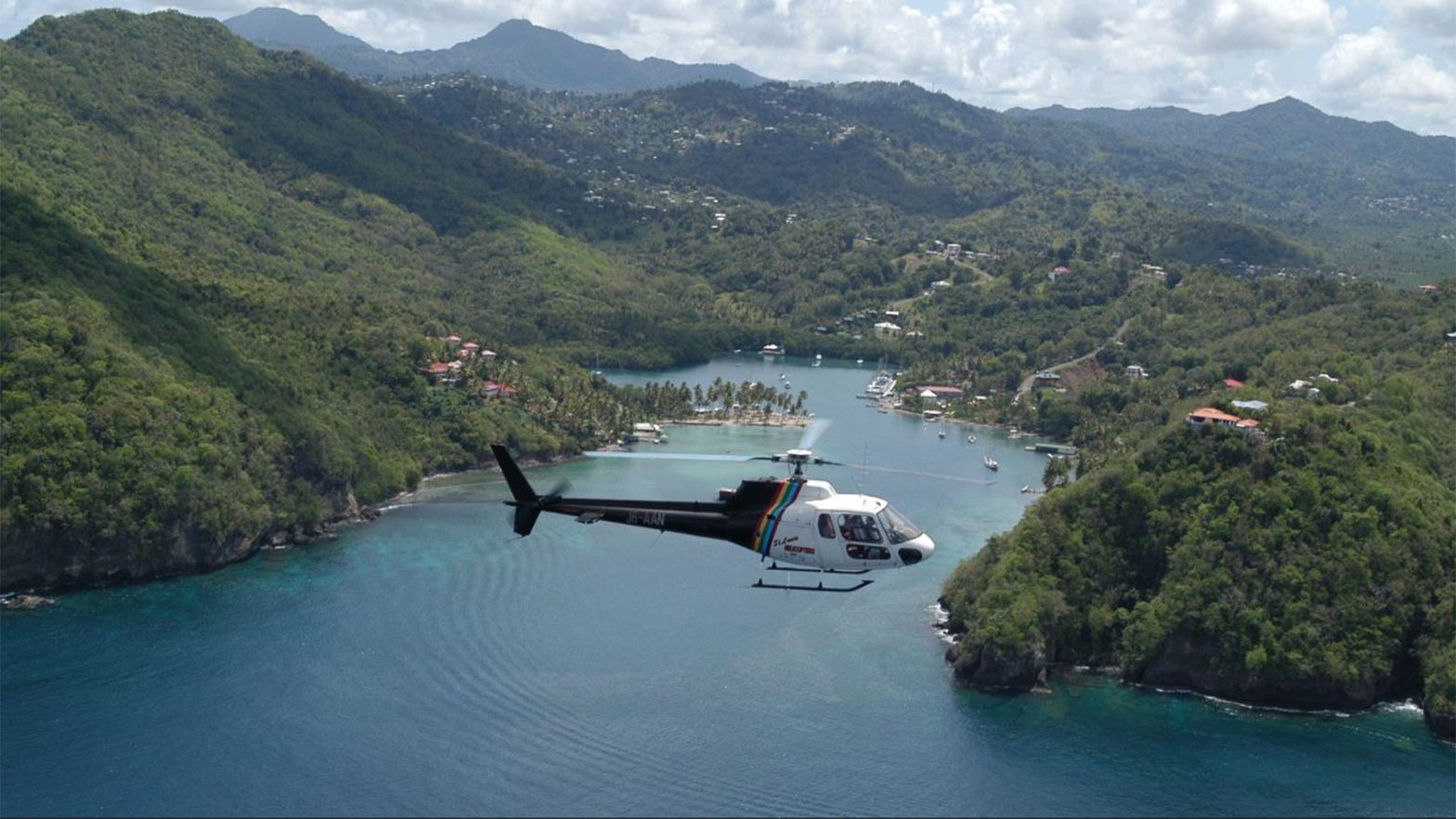The Imperative of Preparing Coastal Cities
Preparing South Asia’s coastal megacities like Karachi, Mumbai, Kolkata, and Dhaka for climate change is crucial due to their economic significance and dense populations. These cities need strong support for adaptation and innovation to counteract the challenges posed by sea level rise, as their unique blend of economic vitality, population density, and geographical positioning makes them highly vulnerable to climate impacts.
Vulnerability and Responses to Climate Change in Coastal Megacities
South Asia’s coastal megacities like Karachi, Mumbai, Kolkata, and Dhaka, home to nearly 70 million people, are economic hubs facing climate change threats due to their dense populations and coastal locations. The IPCC’s Sixth Assessment Report outlines responses including avoidance, protection measures, accommodation, advance strategies, and retreat to address these challenges. However, it warns that some strategies may reach their limits by 2100, emphasizing the need for immediate action against the relentless sea level rise.
Understanding and Addressing the Risks of Climate Change
Megacities face dual climate change impacts: gradual phenomena like sea level rise and urban heat, and episodic events like cyclones. This duality challenges effective adaptation strategies, especially as cascading disasters become more likely, such as migration intensifying urban heat and negatively affecting health and productivity. Coastal cities, particularly in South Asia, are crucial for climate adaptation but often suffer from ad hoc planning and underfunding. About 80% of South Asian cities are flood-prone, and current short-term defenses may worsen future vulnerability. Geography and socio-economic status significantly influence risk, with low-income cities experiencing disproportionate effects from flooding, potentially costing up to $215 billion annually by 2030. Climate models warn of stronger cyclones with a 2°C global temperature rise, emphasizing the urgent need for coordinated, long-term adaptation strategies.
Adaptation Strategies and Governance in Coastal Cities
The effectiveness of governance and administration in adapting to new and changing realities is crucial. Factors like clogged drains and building encroachments compound the risks in cities like Dhaka and Karachi. Additionally, sea level rise is exacerbated by factors like reduced sediment reaching deltas due to upstream constructions.
A proactive approach is required to prepare for a complex set of disasters. Traditional prevention and protection measures, such as sea walls and dikes, are part of the solution, but they can be overwhelmed. For instance, Bangladesh’s use of coastal polders, early warning systems, and cyclone shelters has significantly reduced cyclone casualty rates.
Innovative Solutions for Climate Resilience
“Grey-green” and nature-based solutions provide cost-effective alternatives for coastal risk management, including the use of mangroves for stabilization and climate-resilient agriculture to combat urban heat. Combining technical and natural methods, such as embankments with mangroves in Bangladesh, offers integrated protection. Local innovations like bamboo structures for riverbank protection and floating agricultural beds demonstrate sustainable, community-driven approaches. Scaling these practices could improve food security and water management in South Asia. Moreover, deltaic and estuary cities face heightened flood risks due to erratic rainfall and inadequate drainage infrastructure.
Building Resilience: Early Warning Systems and Political Dynamics
Building resilience against climate impacts requires both protective infrastructure and early warning systems. Bangladesh’s progression from minimal coastal radars to a comprehensive disaster response system, including a vast volunteer network, has significantly improved cyclone preparedness and reduced gender disparities in casualties. International efforts like the UN’s Early Warnings for All initiative and the World Meteorological Organization’s South Asia Flash Flood Guidance system aim to enhance resilience through better information. In South Asian cities, infrastructure decisions are political, influenced by resource allocation and community dynamics. Engaging diverse actors and incorporating traditional solutions, such as raised stilt houses in flood-prone regions, are key to effective and inclusive adaptation strategies.
Financing and Cooperation for Climate Adaptation
The scale of investment required to make South Asian cities climate-resilient is daunting and beyond the capacity of local governments. While public procurement offers some financial leverage, international climate finance commitments are also critical. However, these funds are often insufficient to meet the full extent of the need. The private sector, often criticized for short-term thinking, needs to be convinced that investing in climate-resilient cities is more beneficial than in climate-vulnerable ones.
Options like issuing green bonds and seeking insurance for potential damages could provide cities with the necessary funds, but this requires greater transparency and data provision.
Regional cooperation presents another avenue for raising finance for climate adaptation. Organizations like SAARC and BIMSTEC were established to address climate risks, but progress has been hindered by political stand-offs and resource limitations. Smaller nations in the region have pursued bilateral cooperation or non-governmental pathways, such as the establishment of the Asian Disaster Preparedness Centre, to enhance regional and national disaster risk management.
Empowering Local Actors
Empowering local actors, especially at the municipal level, is key to effective climate adaptation. The Global Hub on Locally-Led Adaptation in Dhaka aims to empower local entities in climate action. South Asia’s large, economically powerful megacities are poised to lead transformative adaptation efforts. Transitioning from top-down to locally-led project networks—integrating technical innovation, decision-making, cooperation, and finance—is vital for South Asia to lead in adaptive responses to climate change.
Conclusion
In conclusion, South Asia’s coastal megacities are at a critical juncture, comparable to the challenges and considerations faced in urban developments such as clementi avenue 1 residences. Just as the clementi avenue 1 residences price reflects the value and demand for strategically planned urban spaces, these megacities must balance economic growth with sustainable environmental practices. To mitigate the adverse effects of climate change, it is crucial for governments and policymakers to prioritize and implement coordinated strategies. This is necessary to ensure the safety and prosperity of urban centers and their inhabitants where resilience and sustainability are key factors in determining value. The time to act is now, to secure a resilient and sustainable future for these vital regions, taking cues from successful models of urban development and environmental stewardship.












































